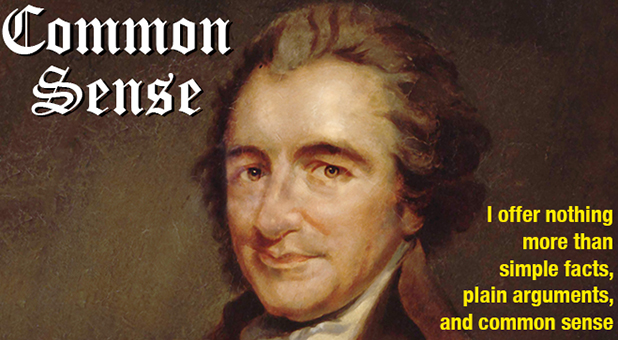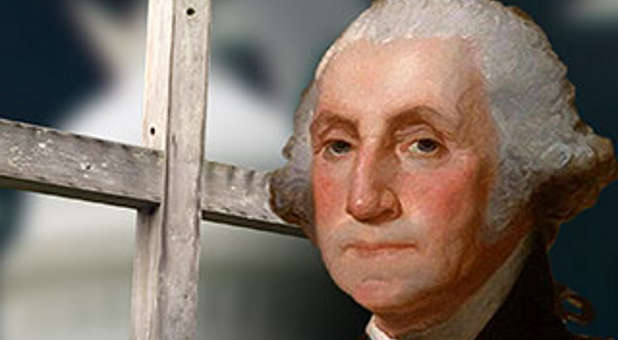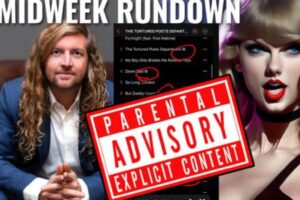Contrary to what perhaps every U.S. History textbook would have our children learn today, the U.S. Constitution is not our nation’s founding document. The Constitution was means by which our forefathers constituted (thereby using the word “Constitution”) the framework by which to “better govern.”
As we continue discussing today’s political climate, framed by the historical record, it’s important to know the difference between “Founders” and “Framers.” Most importantly, it’s important to note there is a distinct difference between the two—and they’re not interchangeable.
Let’s start out with who “The Founders” were.
They were the guys who committed treason against the British Crown by suggesting—rather boldly—that “these United Colonies are, and of right ought to be, free and independent States, that they are absolved from all allegiance to the British Crown, and that all political connection between them and the State of Great Britain is, and ought to be, totally dissolved.
“That it is expedient forthwith to take the most effectual measures for forming foreign Alliances. That a plan of confederation be prepared and transmitted to the respective Colonies for their consideration and approbation.”
That would be the Lee Resolution, presented to the Second Continental Congress on June 7, 1776. And while Richard Henry Lee, a Virginia delegate to the Continental Congress, is given the historical credit for writing the resolution, he basically copied the resolution sent to him from the Virginia Convention (the colonial equivalent of the state legislature).
Regardless, the Lee Resolution was adopted by the Continental Congress almost unanimously. New York’s delegates, lacking instructions from the New York Provincial Congress, abstained from the vote.
Five days after the signing of the Declaration of Independence (we’ll get to that in a moment), the New York Provincial Congress ratified the document and voted unanimously to join the other states in a move toward independence.
The June 7 vote, however, was not made public for nearly a month. The reason was obvious: The Continental Congress did not want to stir the suspicions of the British government until a formal declaration of our independence was prepared.
After all, they were committing treason.
The official vote came on July 2, 1776. The entire Lee Resolution, as well as the unanimous vote, were published that evening in the Pennsylvania Gazette, a publication that got its start many years prior when a hot shot 20-something by the name of Benjamin Franklin purchased it.
But in the meantime, there was the matter of drafting a formal declaration to the British government. For that task, the Continental Congress nominated the Committee of Five on June 11, 1776, to draft the Declaration of Independence.
So, who were these five guys, these “First Five Founders” of the United States? Well, they were:
• John Adams—yes, the future president of the United States—of Massachusetts
• Roger Sherman—the only man to sign all four of our nation’s most important documents (the Continental Association, which created the First Continental Congress; the Declaration of Independence; the Articles of Confederation and the U.S. Constitution)—of Connecticut
• Benjamin Franklin—chief editor of the committee—of Pennsylvania
• Robert Livingston—the First Chancellor of New York and the future Minister to France who negotiated the Louisiana Purchase—of New York
• Thomas Jefferson—the man history credits with singlehandedly writing the Declaration of Independence (he wrote the first draft, but the finished product was very much a collaborative work)—of Virginia.
Contrary to “history,” as well, Jefferson didn’t become a recluse for the 17 days it took to formulate the draft. Rather, he continued to perform his duties as a delegate to the Continental Congress, writing his draft at night (think of this legend as his apple tree).
Jefferson was added to the Committee of Five because he was, at the time, one of the most popular authors of the day, having written a short treatise on the subject of American governance a few months earlier. Like his work on the Declaration of Independence, his pamphlet borrowed liberally from others who he found himself in agreement.
The committee presented its finished draft June 28, 1776, and it was debated by the Continental Congress for the first time on July 1. The next day, the Lee Resolution was formally adopted and the Declaration was approved on first reading.
Two additional readings were approved on successive days, which is why we celebrate Independence Day on July 4, not July 2, even though July 2, 1776, was actually the day the Continental Congress voted for independence.
There were roughly 60 men who, at one time or another, were delegates to the Second Continental Congress. Technically, they were our Founding Fathers. They also were our first set of “framers,” although their work would not stand up against the test of time.
It would be more than a year before the Continental Congress adopted the first framing document for our nation’s governance. The Articles of Confederation were ratified Nov. 15, 1777, roughly two months after Congress was forced to flee Philadelphia due to occupation by British troops.
After the Revolutionary War was over, it soon became apparent the Articles of Confederation were not sufficient to provide effective governance of such a large area. So, a group of men got together and committed treason—this time against the American government—”in order to form a more perfect union.”
In February 1787, a group of men got together to develop amendments to the Articles. This group of 50-some, arguably a who’s who of Early America (Thomas Jefferson called them “an assembly of demigods”), soon realized they were developing an entirely new document. These guys, who arguably each had a hand in the forging of the new framing document, the Unites States Constitution (approved Sept. 17, 1787), are “The Framers.”
That’s the big difference.
Interesting fact about the Constitution: Of the 39 “Framers” who signed the Constitution, only two went on to become president—George Washington and James Madison.
See an error in this article?
To contact us or to submit an article






















